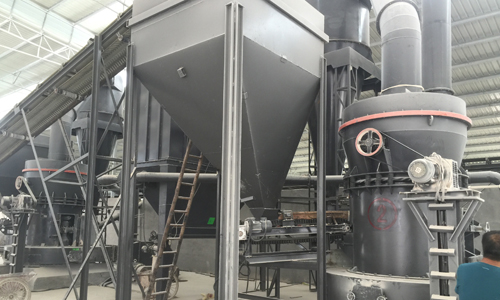Technological Process

(1) Grinding Stage: After crushing the material, it is fed to the grinder for grinding. After separating the powder by the classifier, the finished material which meets the fineness standard enters the powder collection stage under the action of airflow. (2) Collecting Stage: The dust gas enters the cyclone collector. Under the action of centrifugal force, most of the fine powder is separated and collected by cloth bags. The final fine powder is transported to the next stage. (3) Finished Product Stage: After grinding, the finished product is conveyed directly to the next process through screw feeder, humidified and granulated, and the powder particles with about 10-12% moisture content are obtained. After drying and vibration classification, the product is stale.



